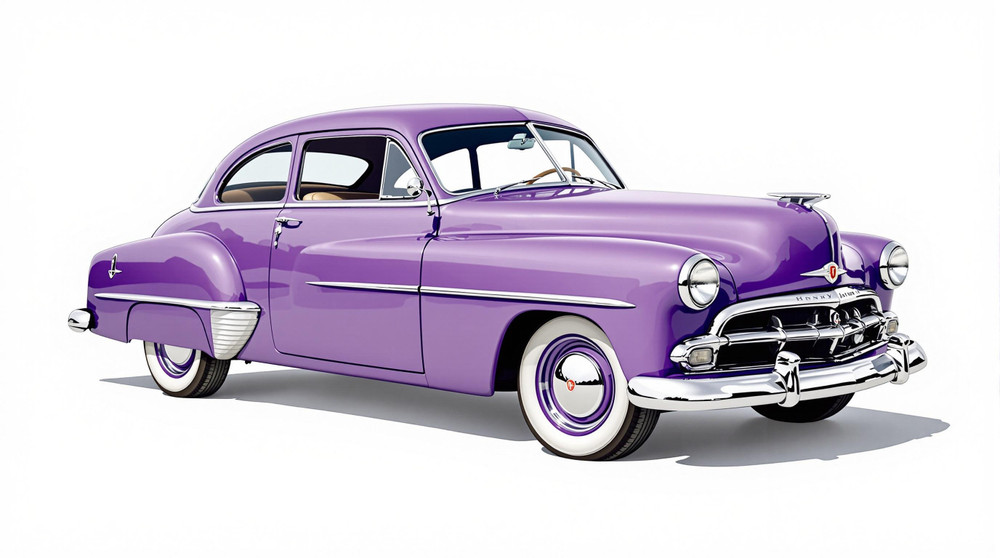Image of 1952 Henry J Vagabond, Note: These illustrations use artistic license and may differ from actual historical models.
Performance Metrics
Fundamental Metrics
Emotional Appeal
MMP Rating
| Engine Specifications | |
|---|---|
| Engine: | 134.2 cu in (2.2 L) I4, 161 cu in (2.6 L) I6 |
| Displacement: | 134.2 - 161 cu in |
| Horsepower: | 68 - 80 hp |
| Torque: | 114 - 125 lb-ft |
| Compression Ratio: | 7.0:1 |
| Ignition System: | Distributor and coil |
| Cooling System: | Water-cooled |
| Performance Specifications | |
| 0-60 Time: | Estimated 20 - 25 seconds |
| 1/4 Mile Time: | Not available |
| Top Speed: | 75 - 80 mph |
| Transmission and Drive | |
| Drive Type: | Rear-wheel drive |
| Transmission Type: | 3-speed manual |
| Fuel and Efficiency | |
| Fuel System Type: | Carburetor |
| MPG: | Estimated 20 - 25 mpg |
| Dimensions and Brakes | |
| Brakes: | Drum brakes |
| Wheelbase: | 100 in |
| Weight: | 2,420 lbs |
Note: Specifications for classic cars are given to the best of our ability, considering the limited and variant data available.
Unveiling the 1952 Henry J Vagabond: America's Postwar Compact Pioneer
In the wake of World War II, the American automotive landscape was ripe for innovation, and the 1952 Henry J Vagabond emerged as a symbol of practicality and efficiency. Built by Kaiser-Frazer Corporation, named after its founder Henry J. Kaiser, this compact car was designed to be economical yet stylish, catering to a nation hungry for new beginnings. The Vagabond was more than just a vehicle; it was a statement of postwar American resilience and ingenuity.
The Vagabond's inception was partly due to a government initiative that encouraged the production of low-cost, fuel-efficient cars. It even received partial funding from the Reconstruction Finance Corporation, making it a car with a unique birth story. One notable moment in its history was when the Henry J line was awarded Motor Trend's "Car of the Year" in 1951, setting high expectations for models like the 1952 Vagabond.
Design and Innovation: A Glimpse into 1950s Aesthetics
The exterior of the 1952 Henry J Vagabond boasted clean lines and an aerodynamic silhouette that hinted at the forward-thinking design principles of its time. Its rounded front end with prominent headlights and a simple grille gave it a friendly face that appealed to a wide audience. Inside, the Vagabond featured a no-frills approach with basic amenities, reflecting its mission to provide affordable transportation. Materials were durable yet modest, with functionality taking precedence over luxury.
For its era, the Vagabond included impressive technological features such as independent front suspension and an optional overdrive transmission. Color options ranged from conservative hues to more vibrant tones, with shades like Hawaiian Bronze and Bimini Blue catching buyers' eyes. The two-door sedan body style was particularly popular among consumers for its balance of practicality and style.
Historical Significance: The Compact Car That Left a Big Impression
The Henry J Vagabond played a crucial role in popularizing compact cars in the United States. It set itself apart with its affordability and fuel efficiency at a time when most manufacturers focused on larger, more opulent vehicles. Its legacy is evident in how it paved the way for future compact models that would eventually dominate the automotive market.
Performance and Handling: A Journey Back in Time
Performance-wise, the 1952 Henry J Vagabond wasn't built to break records but rather to deliver consistent and reliable transportation. With a top speed around 80 mph and modest acceleration capabilities, it catered to everyday drivers rather than speed enthusiasts. On various road conditions, drivers appreciated its straightforward handling and sturdy construction that provided a sense of security despite its smaller size. Behind the wheel, one could expect to hear the hum of its simple four-cylinder engine—a sound that became synonymous with American ingenuity during the era.
Ownership Experience: The Everyman's Car of Early '50s America
The Vagabond found its place as an ideal daily driver but also held charm as a show car due to its historical significance. Maintenance was relatively straightforward, which allowed average owners to keep their vehicles running without excessive costs or expertise. This accessibility contributed significantly to its popularity among middle-class Americans.
Fun Facts: The Henry J Vagabond's Place in History
A lesser-known fact about this model is that some were sold through Sears-Roebuck catalogs under the name Allstate, making it one of the few cars available for purchase from a department store catalog! While not known for breaking speed records or endurance feats, it did hold an important place in compact car sales history during its production years.
Collector's Information: A Nostalgic Investment
Today, estimating how many Henry J Vagabonds remain is challenging due to limited production records; however, it's believed that several thousand were produced. As for value range, well-preserved examples can fetch anywhere from $10,000 to $30,000 depending on condition and originality—making it both an affordable entry into classic car collecting and potentially appreciating asset over time.
Conclusion: Celebrating an Unsung Hero of American Automotive History
The 1952 Henry J Vagabond may not have been the flashiest or fastest car on the road, but it encapsulated postwar American values—efficiency, economy, and innovation. Its contribution to compact car design remains influential even today as we navigate through an ever-evolving automotive landscape. For those who appreciate simplicity paired with historical significance, the Vagabond continues to be a cherished classic.
1952 Henry J Vagabond Catalog of Parts
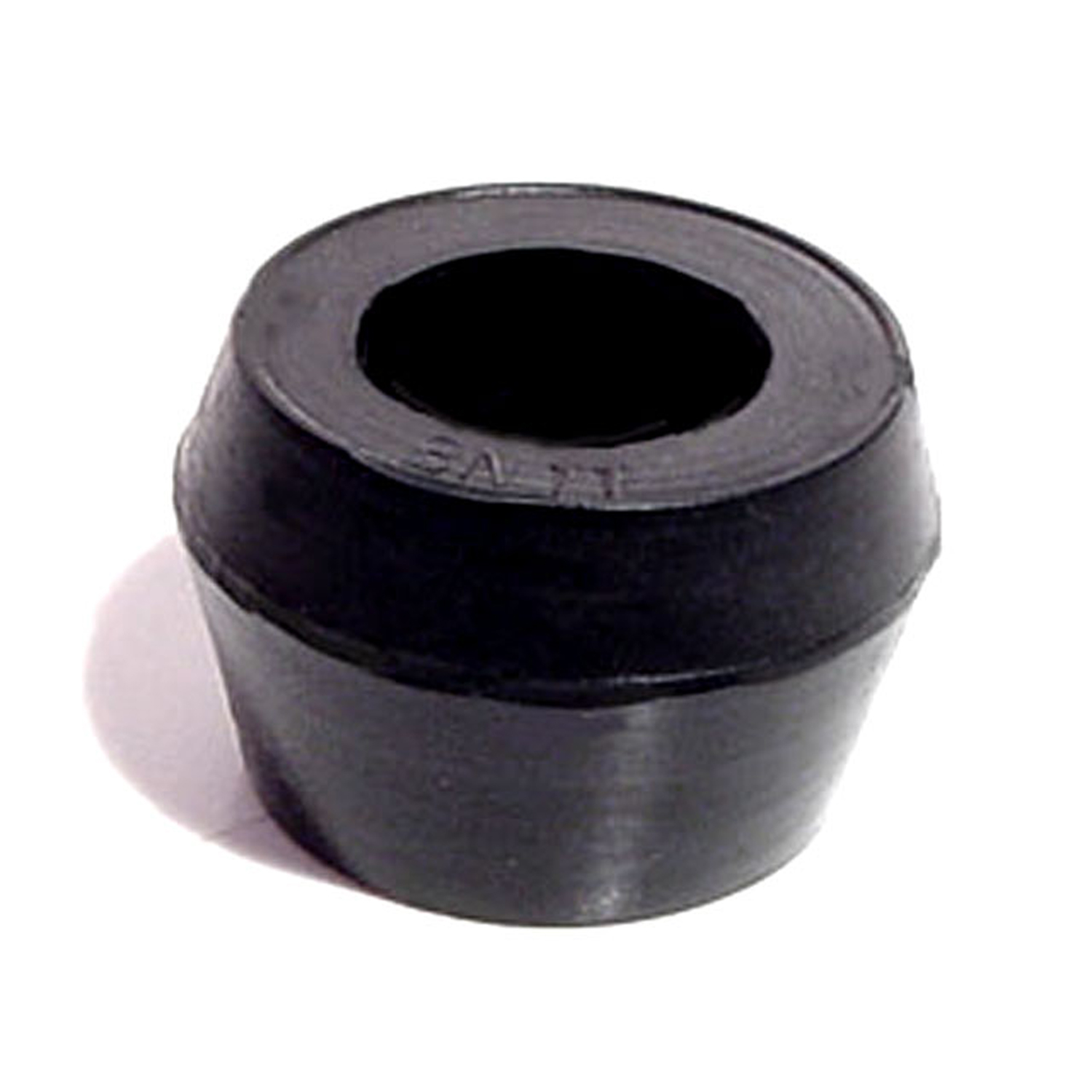 1952 Henry J Vagabond Shock Absorber Grommet. 1" bottom O.D-BN 11Shock Absorber Grommet. 1" bottom O.D., 3/4" high, with 5/8" I.D. Each
1952 Henry J Vagabond Shock Absorber Grommet. 1" bottom O.D-BN 11Shock Absorber Grommet. 1" bottom O.D., 3/4" high, with 5/8" I.D. Each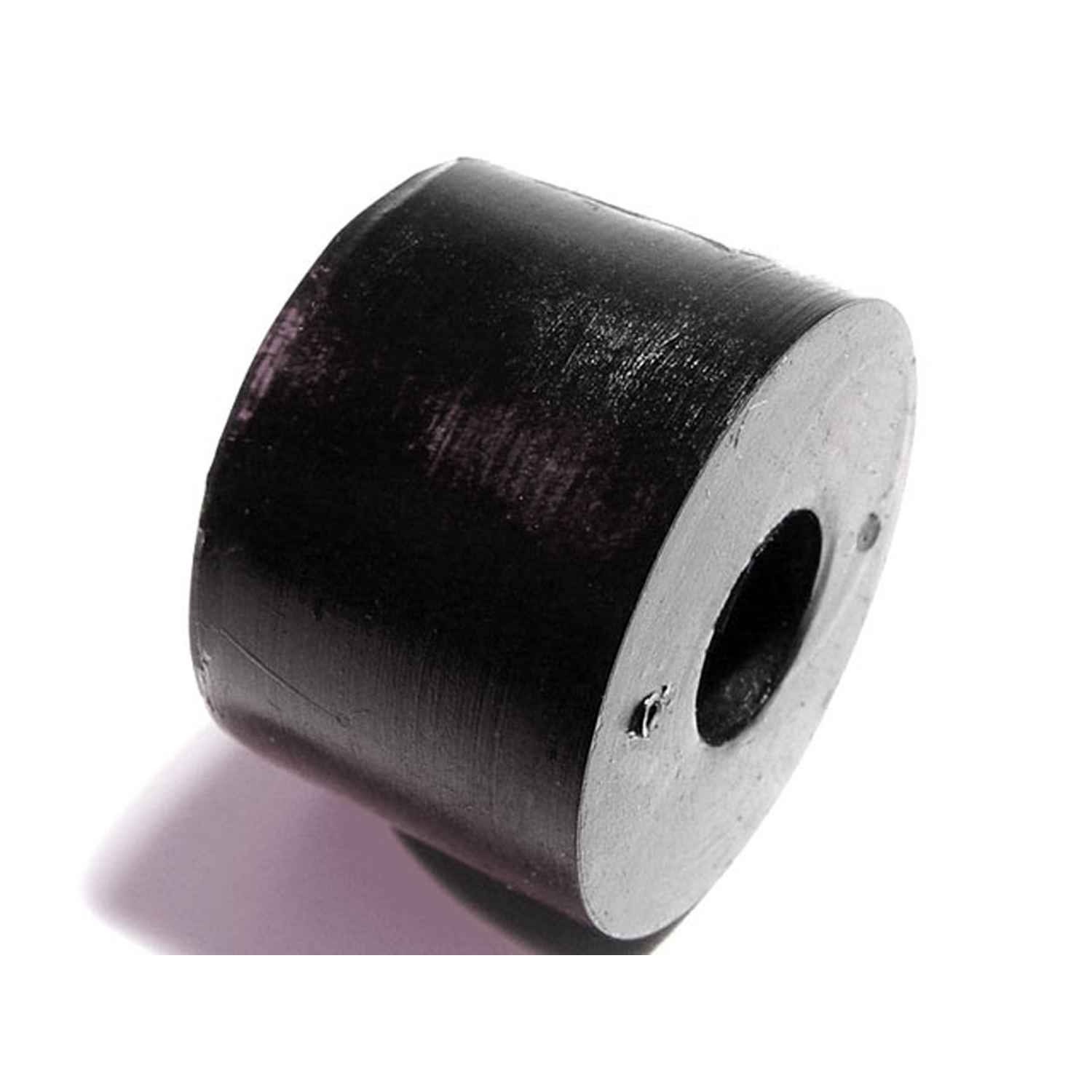 1952 Henry J Vagabond Shock Absorber Grommet. 1" bottom O.D., 5/8" high-BN 13Shock Absorber Grommet. 1" bottom O.D., 5/8" high., with 3/8" I.D. Each
1952 Henry J Vagabond Shock Absorber Grommet. 1" bottom O.D., 5/8" high-BN 13Shock Absorber Grommet. 1" bottom O.D., 5/8" high., with 3/8" I.D. Each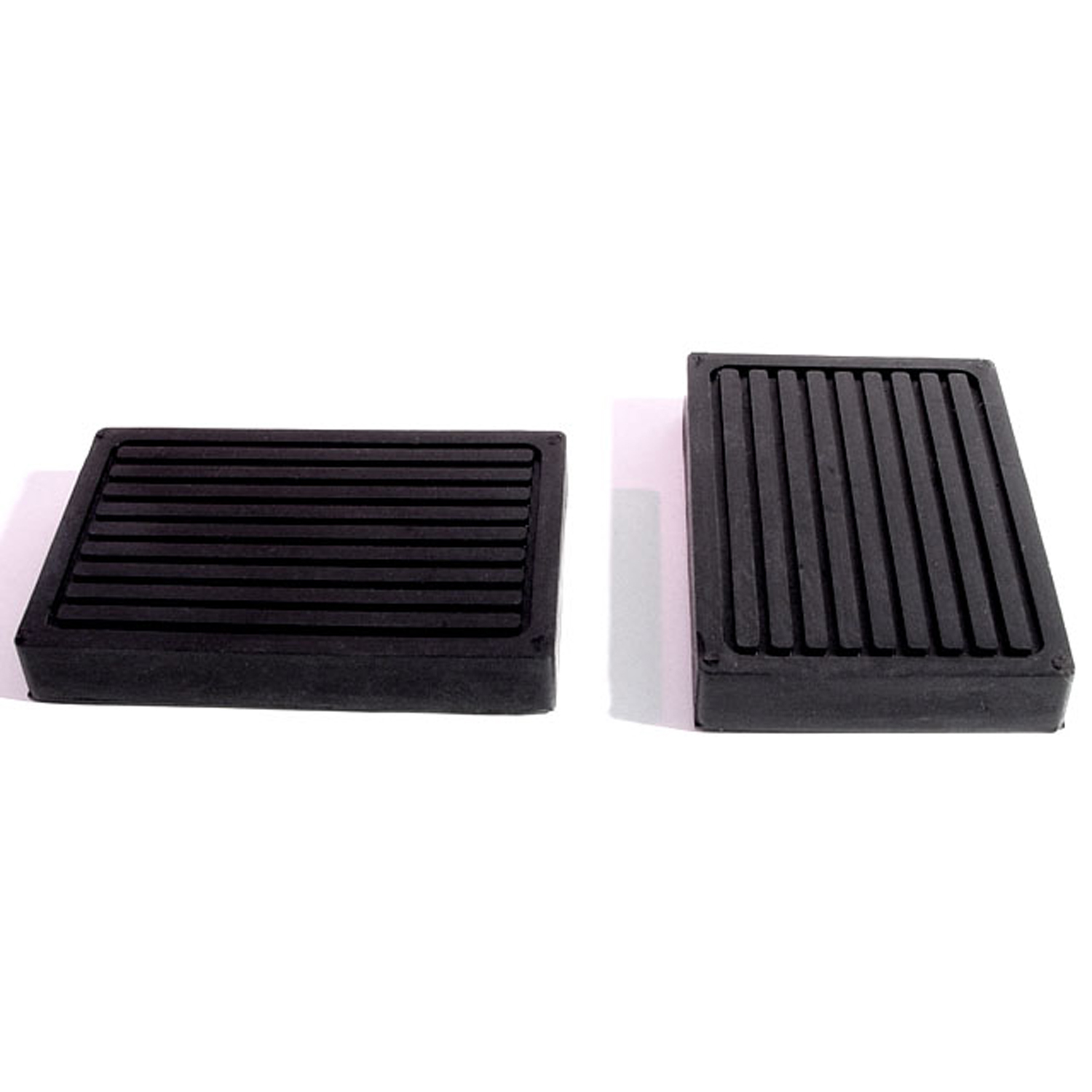 1952 Henry J Vagabond Clutch and Brake Pedal Pads. 2-1/8" wide X 3-1/4" long-CB 89Clutch and Brake Pedal Pads. 2-1/8" wide X 3-1/4" long. Pair
1952 Henry J Vagabond Clutch and Brake Pedal Pads. 2-1/8" wide X 3-1/4" long-CB 89Clutch and Brake Pedal Pads. 2-1/8" wide X 3-1/4" long. Pair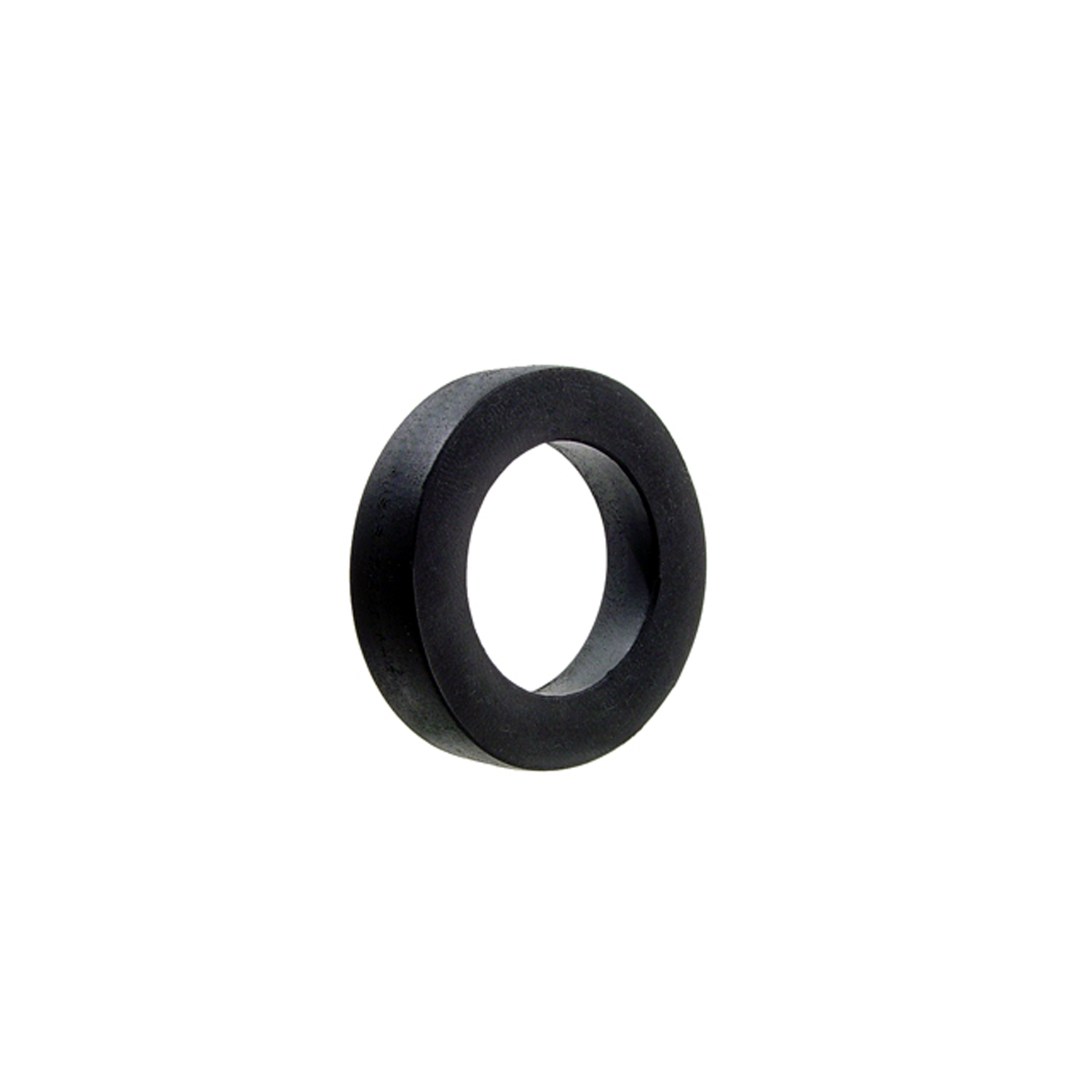 1952 Henry J Vagabond Horn contact pad. 3 in. OD x 2 in. ID x 5/8 in. thk-RP 610Horn contact pad. 3 in. OD x 2 in. ID x 5/8 in. thk. Dense rubber. May work as an air-cleaner spacer for Kaiser-Darrin. Each.
1952 Henry J Vagabond Horn contact pad. 3 in. OD x 2 in. ID x 5/8 in. thk-RP 610Horn contact pad. 3 in. OD x 2 in. ID x 5/8 in. thk. Dense rubber. May work as an air-cleaner spacer for Kaiser-Darrin. Each.Why Choose Metro?
For over 100 years, Metro Moulded Parts has been the pinnacle of quality in classic car restoration parts. Our commitment to precision and authenticity in every component ensures a perfect fit and an OEM-level appearance.
- Expert Craftsmanship & Quality: Each part is a testament to our dedication to reliability and perfection, crafted from original designs and thoroughly tested.
- Advanced Technology: We use cutting-edge techniques to create flawless, long-lasting parts that surpass others in performance.
- SuperSoft Sponge – The Ultimate Door Seal: Not only are our door seals 30% softer than competitors', but they're also guaranteed to never leak. They effectively reduce wind and road noise, enhancing your classic car's comfort and driving experience.
- Proudly American: Our parts are a product of American craftsmanship, made in the USA with a spirit of excellence and heritage.
- Unrivaled Warranty: We back our products with a 30-year industry-leading warranty, a testament to our confidence in their quality.
Join us in preserving the legacy of classic cars with parts that are crafted for perfection, not just made.

